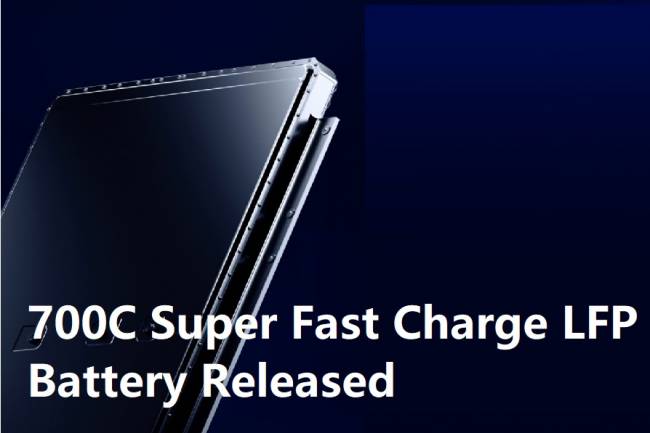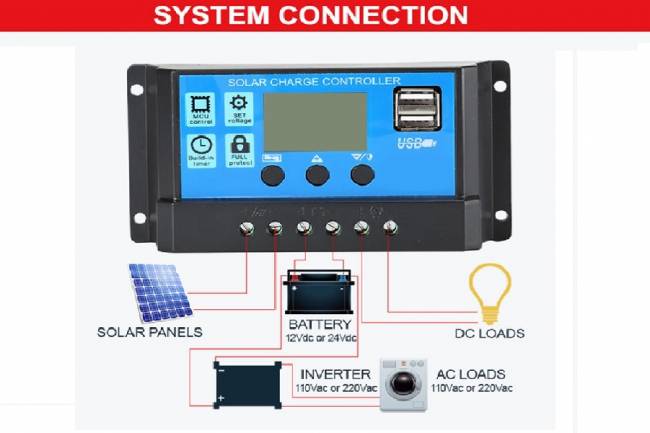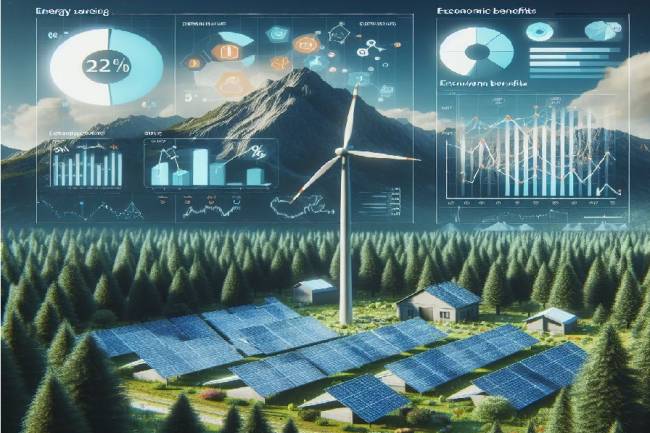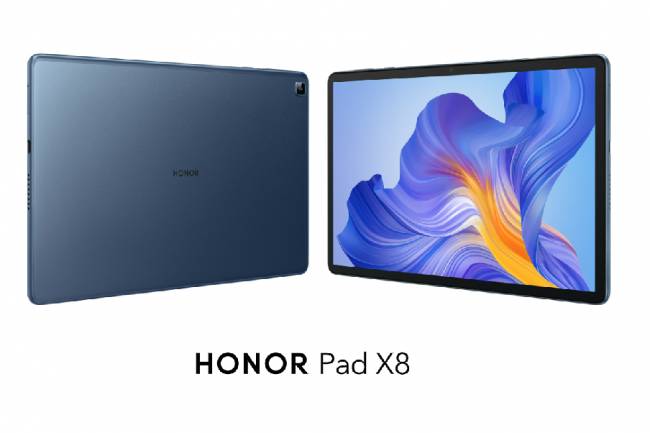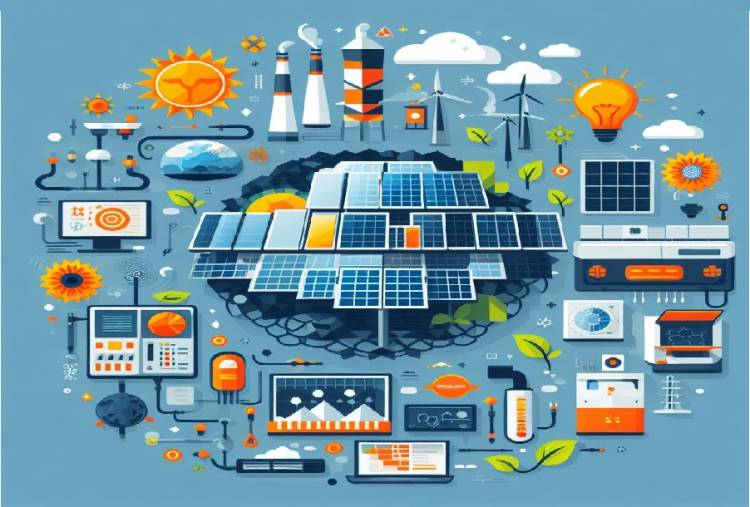
Solar Energy Panel Types and Potentials
Nowadays, energy production and sustainability issues are becoming increasingly important. Due to reasons such as the risk of depletion of fossil fuels, environmental problems and increasing energy costs, solar energy stands out as a clean and unlimited energy source. Solar panels are the basic components used to convert this resource into electricity. Beyond polycarbonate and monocarbon panels, there are several different types of panels, each with their own unique potential.
1. Polycrystalline Solar Panels:
Polycrystalline solar panels are one of the most common panels used to convert sunlight into electricity. These panels, usually blue in color, consist of different crystal grains. Polycrystalline panels are known for their affordable cost and good performance. However, their efficiency is slightly lower than monocrystalline panels.
2. Monocrystalline Solar Panels:
Monocrystalline solar panels have a higher efficiency than polycrystalline panels due to their single crystal structure. They require less space and can produce more solar energy. However, monocrystalline panels have higher production costs.
3. Thin Film Solar Panels:
Thin film solar panels are preferred in different applications due to their flexibility and lightness. They can be produced using various materials, metal oxides or organic substances. Thin-film panels tend to perform better against shade and can be easily mounted on different surfaces.
4. Concentrated Solar Power (CSP) Panels:
CSP panels use a system where heat is concentrated at one point using mirrors or lenses that direct sunlight to a focal point. This heat is used to heat some type of fluid before it is converted into electrical energy. CSP technology can be used in industrial processes requiring high temperatures and can increase thermal efficiency in electricity generation.
Each type of solar panel has its own advantages and disadvantages, and the context in which it will be applied is important in deciding which panel to prefer.
Let's make a comparison in terms of the Power and Efficiency they produce:
1. Polycrystalline Solar Panels:
Power Efficiency: Polycrystalline panels are typically in the 15% to 20% efficiency range. They have a slightly lower efficiency than monocrystalline panels.
Cost: Polycrystalline panels are lower cost compared to other types. Since the production processes are simpler, the cost of these panels decreases.
Advantages: They have a wide range of uses thanks to their low cost and good performance. Their affordable cost makes them attractive to homeowners and businesses.
2. Monocrystalline Solar Panels:
Power Efficiency: Monocrystalline panels have higher efficiency, typically between 15% and 22%. They have higher energy production capacity.
Cost: The production cost of monocrystalline panels is higher than polycrystalline panels, so their selling prices may also be higher.
Advantages: Thanks to its higher efficiency, it uses less space and produces more solar energy. It is preferred in regions with space restrictions.
3. Thin Film Solar Panels:
Power Efficiency: Thin-film panels typically have 10% to 12% efficiency, so they have lower efficiency than other panels.
Cost: Thin film panels can be low cost due to the simplicity of their manufacturing process. However, more panel space may be required.
Advantages: Their flexibility, light weight and better performance against shade make them preferable for some special applications.
4. Concentrated Solar Power (CSP) Panels:
Power Efficiency: CSP systems can have high efficiency because they operate at high temperatures. They can increase thermal efficiency in electricity generation.
Cost: CSP systems can be costly due to high temperature requirements and complex optical components. It is suitable for large-scale power generation projects.
Advantages: They can produce high temperature energy for use in industrial processes. They are preferred in large power plants.
Ultimately, which solar panel to choose will vary depending on the size of the project, budget, space limitations, and efficiency requirements. Polycrystalline panels offer a budget-friendly option, while monocrystalline panels can produce more energy. Thin-film panels may be suitable for certain applications, while CSP systems are ideal for industrial applications. Therefore, careful analysis is required when choosing panels for solar projects.



